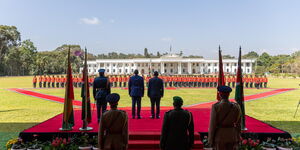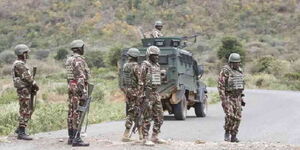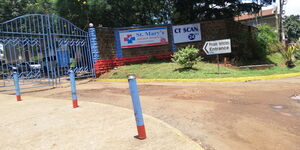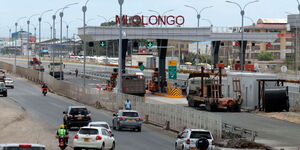As you travel on major highways in the country, you may have noticed reflective square metals that produce yellow or red lights at night.
The road studs are usually placed along the centre markings or the edges of the highway.
In some instances, the lighting can either be fully glowing or flashy.
Road engineers prefer using flashing road studs to make drivers alert of lanes and sections of the road.
The reflective metals improve visibility for motorists at night and are placed strategically helping motorists maintain their lanes as they manoeuvre the highway.
Studs are common features on roads globally, with the innovation credited to initiatives aimed at reducing accidents on roads that occur at night.
Therefore, they are often found next to accident hotspots such as junctions or sharp corners.
They can also be placed at the beginning or the end of flyovers, such as on the Nairobi Expressway.
In other areas, the studs - usually made of aluminium alloy and polycarbonate material - are used as speed rumble strips to act as speed breakers to control a car's speed.
The technology has become common on major roads because they are cost-effective as they are solar powered, using energy generated during the day to light up at night.
Notably, the different colours produced have significance and use.
White studs are used for lanes in the middle of the road, while red studs are used for the road's edges.
Green road studs indicate crossable edge lines like the pavement on the side of roads where motorists can stop.












